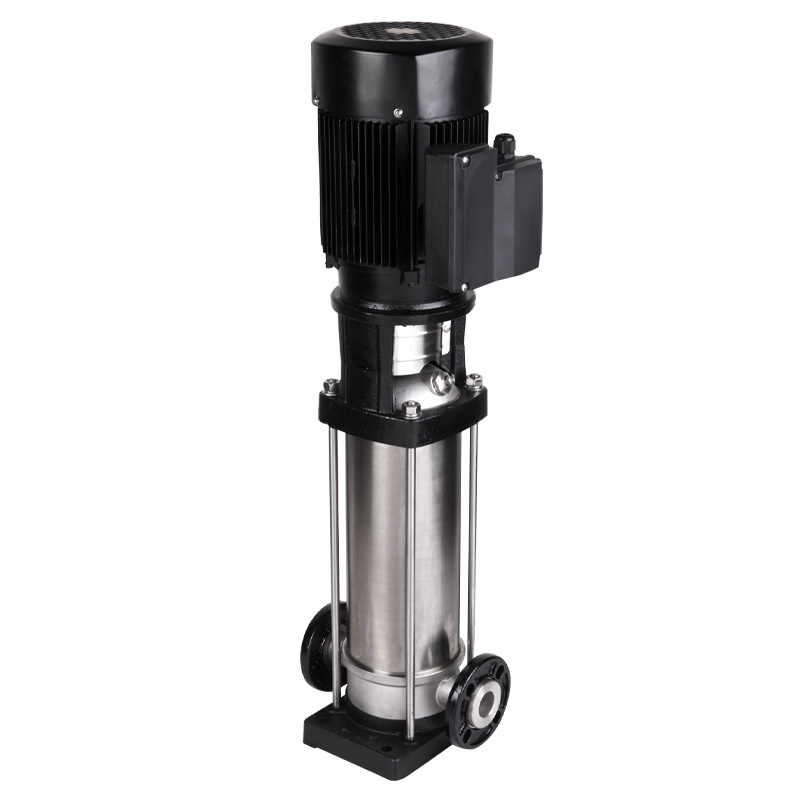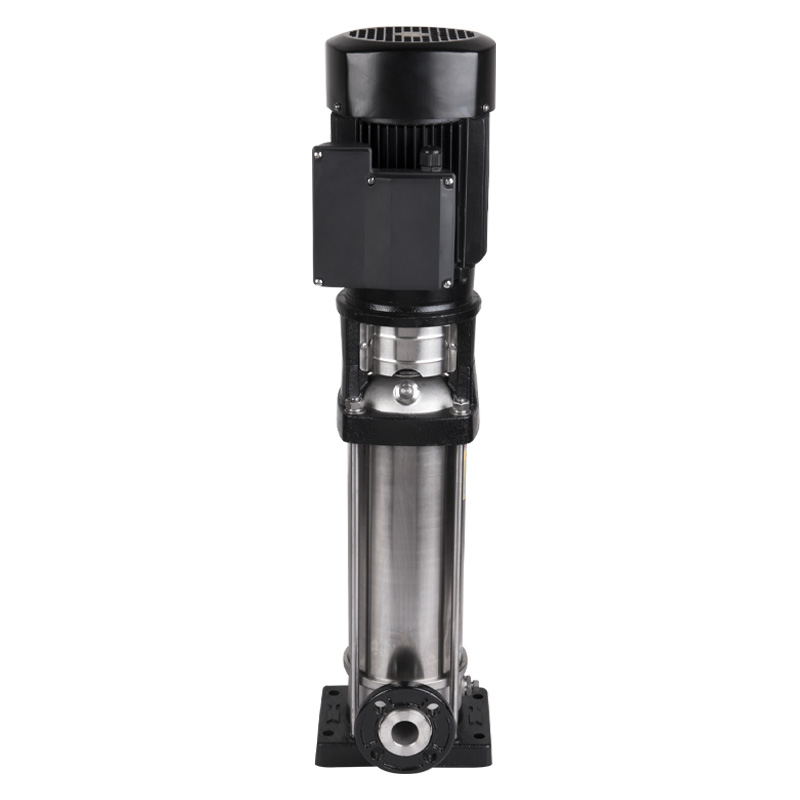Multi stage pumps can be divided into vertical multi-stage pumps and horizontal multi-stage pumps according to their installation methods. Vertical multi-stage pumps have a vertical pump body and occupy a small area, while horizontal multi-stage pumps have a horizontal installation and are relatively easy to maintain. The multi-stage pump shaft seal is mainly composed of packing, water seal ring, packing cylinder, packing cover, and water seal pipe, which is used to seal the gap between the pump casing and the pump shaft, preventing the outflow of liquid from the pump and the entry of the outside into the pump. The bearing part is fitted on the shaft sleeve to support the pump shaft, and there are two types of bearings: rolling bearings and sliding bearings. Its function is to reduce the frictional resistance when the pump shaft rotates and balance the radial and axial loads. The stator part consists of a suction section, a middle section, a discharge section, and guide vanes. It is clamped by tension bolts to form a working chamber, which plays a supporting and fixing role and is connected to the bracket for installing bearings.
The working principle of a multi-stage pump relies on the rotation of the impeller to generate centrifugal force, which sucks in and accelerates the liquid. The liquid is pressurized step by step through multiple impellers and deflectors, and finally flows out at a higher pressure from the outlet. Each stage of impeller pressurizes the liquid once, gradually increasing its pressure. Multi stage pumps use multiple impellers to gradually increase pressure and generate high outlet pressure. They are suitable for scenarios that require long-distance transportation or high head, such as high-rise building water supply, mine drainage, etc. The structure is compact, and compared to multiple single-stage pumps connected in series, multi-stage pumps integrate multiple impellers on the same shaft, resulting in a smaller overall volume and saving installation space. A well-designed multi-stage pump with good coordination between impellers and guide vanes at all levels, resulting in minimal energy loss and better efficiency than a single-stage pump combination under high head conditions. Smooth operation, using a rigid shaft design and a balancing mechanism to reduce axial force, with relatively low vibration and noise during operation, and good stability.
Post time: Aug-13-2025




